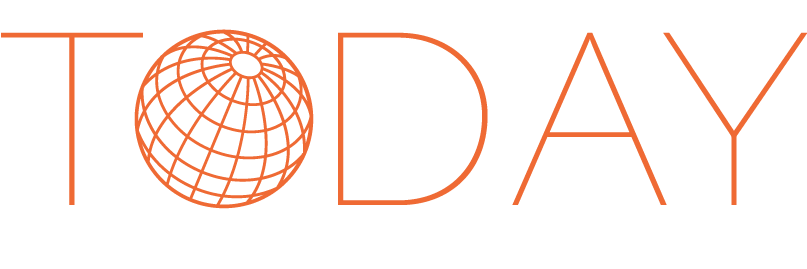Writing the IOM book by Anthony Seaton
It was first suggested to me by the late Mike Jacobsen back in the 1980s, as the famous Pneumoconiosis Field Research was coming to a close. “Someone ought to write the history of the PFR”, he said. Mike wrote well but like most scientists he preferred the doing to the writing up; as nobody was better equipped than he to do it, it wasn’t done. And the story of the PFR was only part of a bigger story, the story of the campaign to prevent lung disease in miners, and the IOM’s part in that bigger story was in turn only a part of the IOM’s own story. All that was a part of one of the biggest stories of the era, now acknowledged as the Anthropocene, of man’s changing of the planet. As I approached my 80th birthday, I had decided to write the story of coal and as I was finishing Farewell King Coal, just a year ago, Rob Aitken asked me to co-write and edit a book about the IOM to celebrate its 50th anniversary. It seemed impossibly short notice, but then I remembered my colleagues from the time I was Director and I knew how well they wrote.
Between us we could cover the range of IOM activities from the earliest days. My three successors, Colin Soutar, Phil Woodhead and Rob Aitken, and I could describe the achievements and storms we had weathered over those 50 years, so the format fell neatly into place, the four IOM heads describing their terms of office and four of our colleagues covering the main academic and service disciplines; Fintan Hurley for epidemiology, John Cherrie for occupational hygiene, Ken Donaldson for pathology, Richard Graveling for ergonomics, Alastair Robertson for service developments, and Rob Aitken for nanotechnology. All were friends who had been at IOM in my time and others, including Richard Love and Robert Bolton contributed with comments. Over some six months I resumed the role of gaffer that I had left in 1990 and drove them mad with my obsessional rewriting and editing of their work until we all agreed that it was ready to be handed over to Aimee and her production team.
What we have produced tells the story of how IOM was born a child of the National Coal Board, achieved its main initial objective of understanding miners’ lung diseases and their prevention, became a major UK winner of European grants in industrial disease and ergonomics, achieved independence as a self-funding research charity, developed a successful commercial arm and a branch in Singapore, and expanded into air pollution and nanotechnology research. In writing it we have been reminded that all its achievements have been the work of teams of dedicated individuals who have shared with us the excitement and tribulations of working for this unique institute and to whom the book is dedicated.

